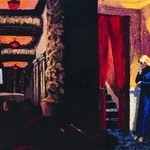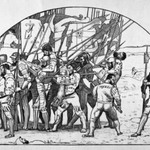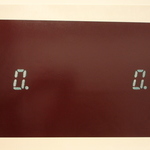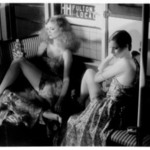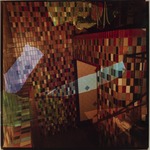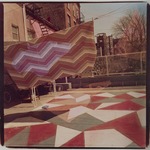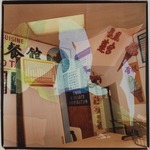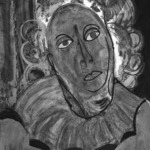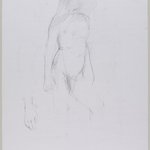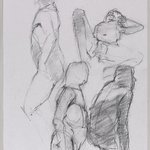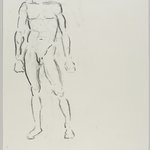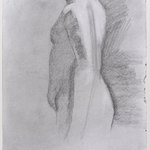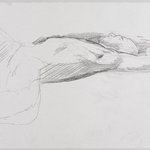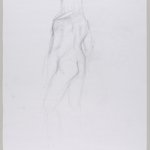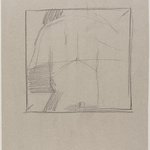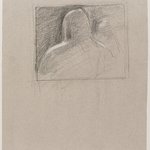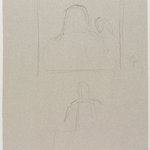
Isabelle, Lefferts House, Brooklyn
Nona Faustine
Photography
In this series of self-portraits, Nona Faustine inserts her own body into the history and architecture of slavery in New York City. In two photographs, she poses defiantly outside the Lefferts House in nearby Prospect Park. The house was home to descendants of the prominent namesake Dutch landowners and more than a dozen enslaved people between the 1780s and 1827, when slavery was abolished in New York. The interlaced children’s shoes, cast-iron skillet, and smoking revolver add a narrative dimension to the photographs, alluding to the ways Black women experienced and resisted the horrors of enslavement and carry its legacies today.
MEDIUM
Chromogenic print
DATES
2016
DIMENSIONS
sheet: 27 15/16 × 42 in. (71 × 106.7 cm)
image: 26 9/16 × 40 in. (67.5 × 101.6 cm) (show scale)



COLLECTIONS
Photography
ACCESSION NUMBER
2017.41b
CREDIT LINE
Emily Winthrop Miles Fund
PROVENANCE
December 19, 2017, purchased from the artist by the Brooklyn Museum.
Provenance FAQ
MUSEUM LOCATION
This item is not on view
CAPTION
Nona Faustine (American, born 1977). Isabelle, Lefferts House, Brooklyn, 2016. Chromogenic print, sheet: 27 15/16 × 42 in. (71 × 106.7 cm). Brooklyn Museum, Emily Winthrop Miles Fund, 2017.41b. © artist or artist's estate (Photo: , 2017.41.2_PS9.jpg)
IMAGE
overall, 2017.41.2_PS9.jpg., 2018
"CUR" at the beginning of an image file name means that the image was created by a curatorial staff member. These study images may be digital point-and-shoot photographs, when we don\'t yet have high-quality studio photography, or they may be scans of older negatives, slides, or photographic prints, providing historical documentation of the object.
RIGHTS STATEMENT
©Nona Faustine Simmons
The Brooklyn Museum holds a non-exclusive license to reproduce images of this work of art from the rights holder named here.
The Museum does not warrant that the use of this work will not infringe on the rights of third parties. It is your responsibility to determine and satisfy copyright or other use restrictions before copying, transmitting, or making other use of protected items beyond that allowed by "fair use," as such term is understood under the United States Copyright Act.
For further information about copyright, we recommend resources at the United States Library of Congress, Cornell University, Copyright and Cultural Institutions: Guidelines for U.S. Libraries, Archives, and Museums, and Copyright Watch.
For more information about the Museum's rights project, including how rights types are assigned, please see our blog posts on copyright.
If you have any information regarding this work and rights to it, please contact copyright@brooklynmuseum.org.
If you wish to contact the rights holder for this work, please email copyright@brooklynmuseum.org and we will assist if we can.
RECORD COMPLETENESS
Not every record you will find here is complete. More information is available for some works than for others, and some entries have been updated more recently. Records are frequently reviewed and revised, and we welcome any additional information you might have.


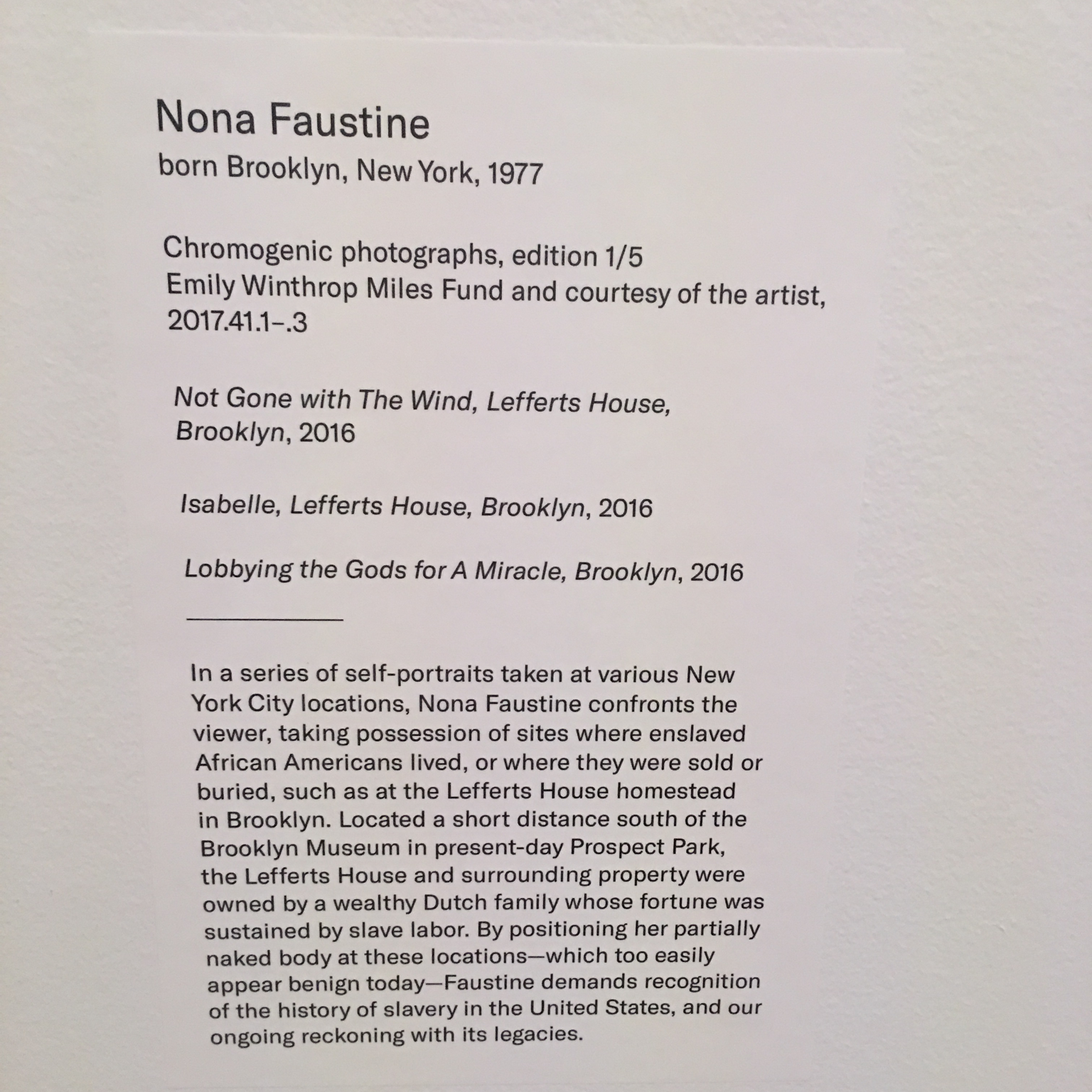
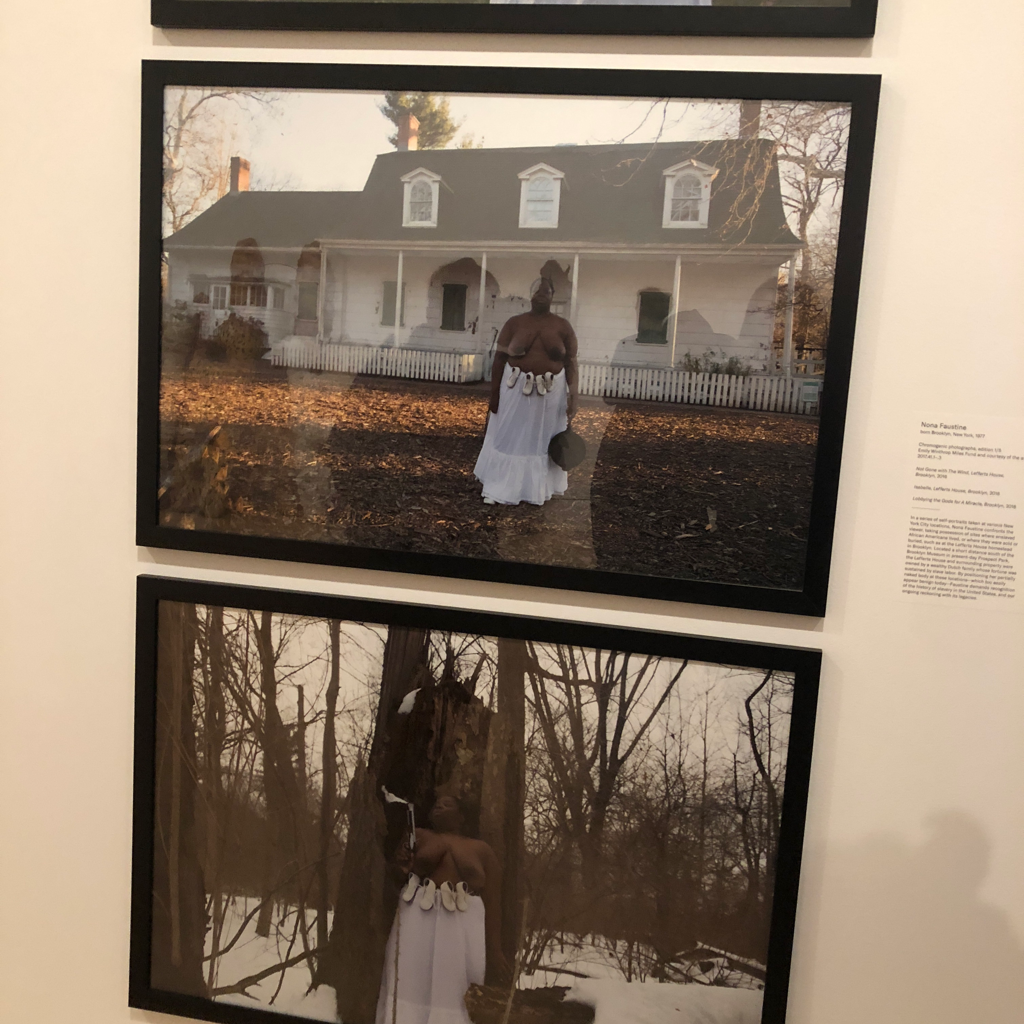
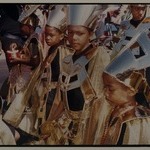
![[Untitled] (West Indian Day Parade)](https://d1lfxha3ugu3d4.cloudfront.net/images/opencollection/objects/size2_sq/1991.58.2_PS20.jpg)
